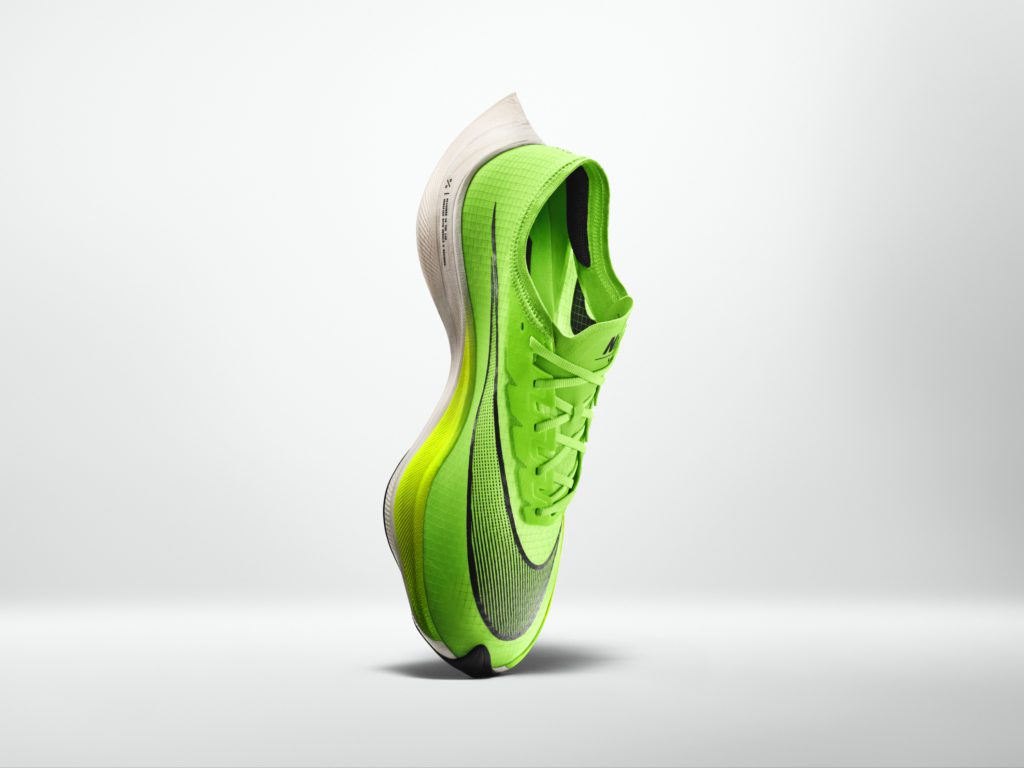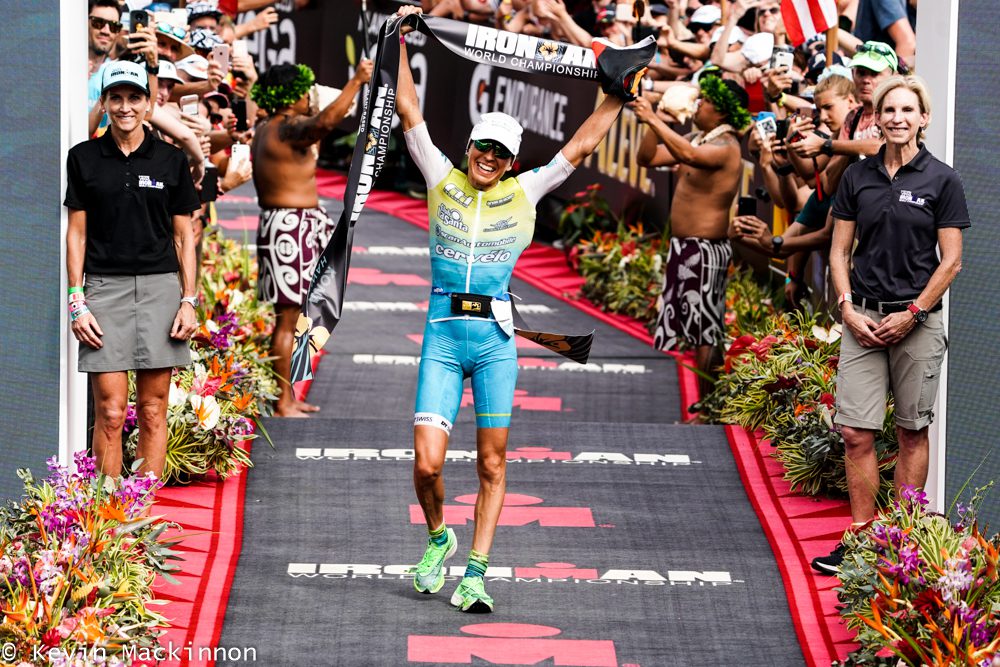Will prototype shoes be banned from triathlon racing?
The International Triathlon Union technical committee is discussing the recent World Athletics ban on prototype shoes and new standards - a decision is expected soon.

Last Friday World Athletics “modified the rules governing competition shoes for elite athletes.” The International Triathlon Union’s technical committee is reviewing those rules and will decide soon if they will also be implemented at sanctioned triathlon races.

The new rules adopted by World Athletics will prohibit prototype shoes from competition:
From 30 April 2020, any shoe must have been available for purchase by any athlete on the open retail market (online or in store) for a period of four months before it can be used in competition.
If a shoe is not openly available to all then it will be deemed a prototype and use of it in competition will not be permitted. Subject to compliance with the rules, any shoe that is available to all, but is customised for aesthetic reasons, or for medical reasons to suit the characteristics of a particular athlete’s foot, will be allowed.
Where World Athletics has reason to believe that a type of shoe or specific technology may not be compliant with the rules or the spirit of the rules, it may submit the shoe or technology for study and may prohibit the use of the shoe or technology while it is under examination.
The new rules also put some limits on the depth of a shoe’s midsole and the number of carbon plates that it can contain:
Further, with immediate effect there will be an indefinite moratorium on any shoe (whether with or without spikes) that does not meet the following requirements:
- The sole must be no thicker than 40mm.
- The shoe must not contain more than one rigid embedded plate or blade (of any material) that runs either the full length or only part of the length of the shoe. The plate may be in more than one part but those parts must be located sequentially in one plane (not stacked or in parallel) and must not overlap.

This means that Nike’s Vaporfly Next% and Vaporfly 4%, which were worn by half of the men and women who finished in the top 15 at last year’s Ironman World Championship, will be allowed – the Next% midsole is 36 mm deep, the 4% is 31 mm deep.
Related: Could Nike’s Vaporfly shoes be banned from triathlon?
Those shoes were available commercially – a number of athletes competed in other company’s prototype carbon plate shoes, including Jan Frodeno (Asics) and Sebastian Kienle (New Balance).
Ironman, for the most part, follows ITU rules and would likely enforce similar rules in Kona. Based on the “available for four month” component of the rule, shoes will have to be on the market by June in order for elite athletes to be able to compete in them.
What isn’t clear is how this will affect age group competitors. Will age group competitors be allowed to compete in a shoe that has only been available for a month before competition?
The ITU’s technical committee met to discuss the new World Athletics rules on Monday and are meeting again in the next few days to make a decision. We’ll keep you posted as soon as we learn more.
